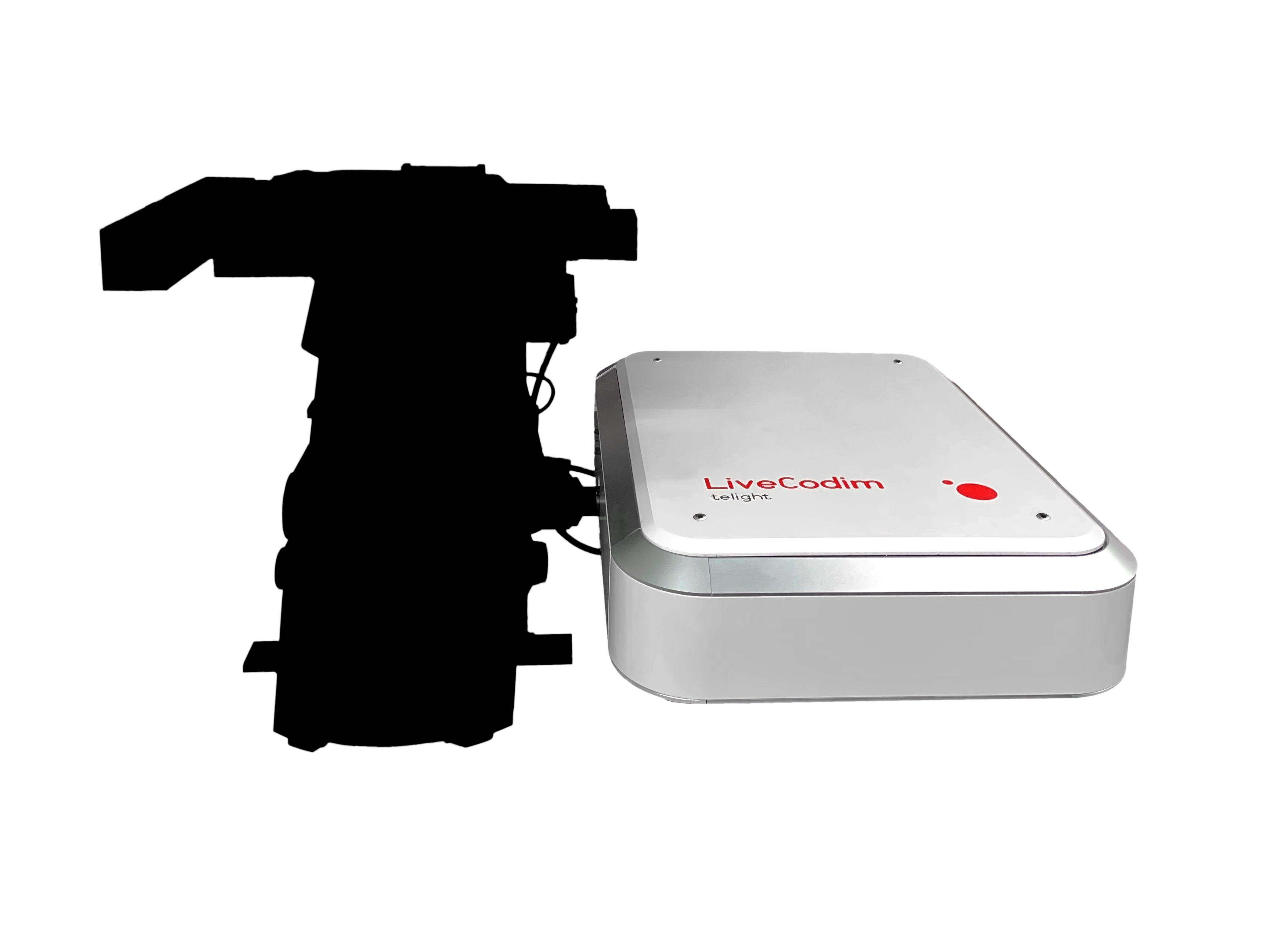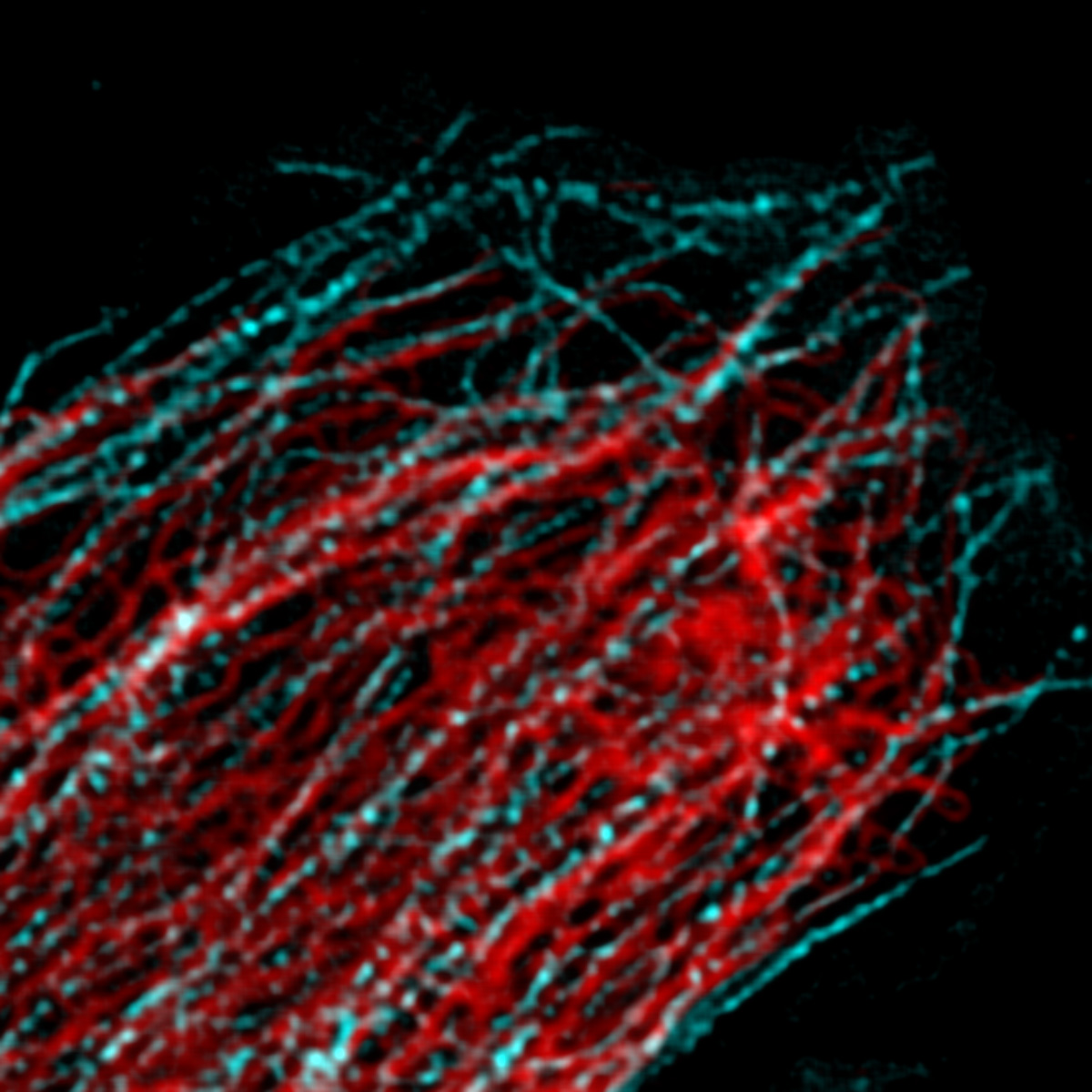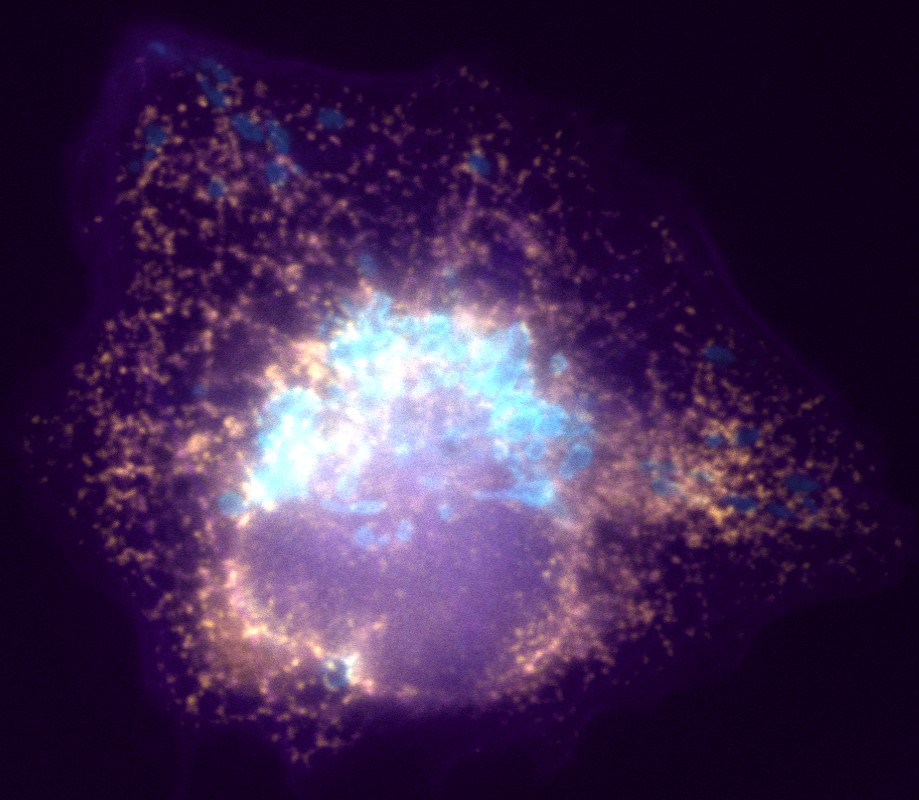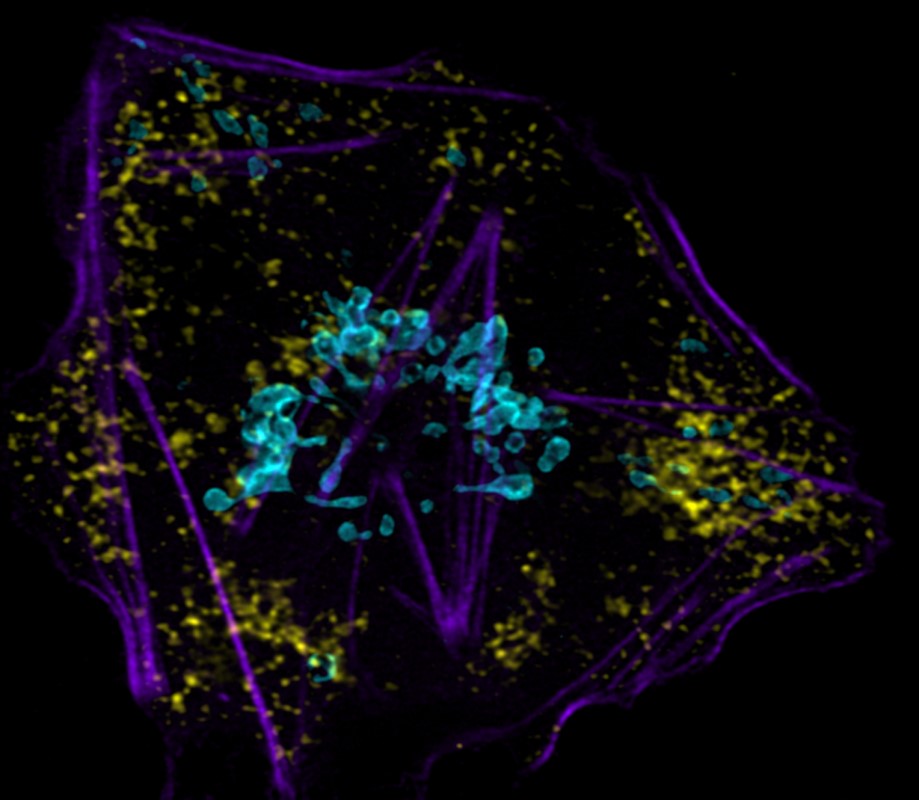Rethinking sustainability in modern imaging
In today’s research laboratories, sustainability has become an essential focus. It is no longer limited to material choices or energy use but extends to the entire lifecycle of instruments, from how they are designed and built to how long they can be used and upgraded. The field of microscopy reflects this shift, as both laboratories and manufacturers seek ways to reduce environmental impact while maintaining scientific excellence.
A defining example of this transition came with the replacement of mercury lamps by LED illumination in fluorescence microscopy, which dramatically lowered energy consumption and simplified maintenance. This change proved that sustainability and performance can coexist and even strengthen each other.
At Telight, sustainability is not just a design consideration but a guiding principle. We see it as the practice of developing, using, and upgrading imaging systems in ways that minimize waste, extend operational lifetime, and support reuse rather than replacement. Our LiveCodim imaging platform embodies this philosophy by offering a way to transform existing widefield or confocal microscopes into advanced super-resolution systems.
Extending instrument lifetime through intelligent upgrades
Optical microscopes are among the most durable scientific tools, often serving laboratories for decades. Yet, while their mechanical and optical structures can remain fully functional, digital cameras, illumination modules, and control electronics often become outdated much sooner. Replacing the entire microscope in such cases is not only costly but also environmentally wasteful.
Upgrading or retrofitting offers a far more sustainable path. By extending the useful life of a microscope, laboratories reduce waste, lower costs, and conserve valuable materials. Common upgrades include new cameras, modern LED illumination, and updated control software.
At Telight, we take this approach one step further. With LiveCodim, existing microscopes can be enhanced with a patented technology that adds gentle super-resolution imaging capability. Connected through a standard C-mount interface, this upgrade turns an ordinary microscope into a flexible imaging platform capable of revealing fine cellular structures while maintaining compatibility with the original setup.
Such upgrades not only reduce the environmental footprint but also improve energy efficiency, avoid hazardous materials, and enhance reliability. Retrofitting preserves the core of the microscope, its optical and structural integrity — while giving it new life through state-of-the-art technology.
LiveCodim offers a sustainable path to super-resolution

LiveCodim is designed specifically to bring super-resolution imaging within reach of laboratories that already own capable microscopes. Based on the principle of Conical Diffraction, this technology shapes the light beam and scans the sample in a structured manner to achieve resolution around one hundred nanometers while maintaining low phototoxicity and minimal photobleaching.
Widefield vs. LiveCodim images


Cytoskeleton of HUVEC cells
⦿ Red: Vimentin
⦿ Cyan: Tubuline
Scale: 5 μm
Sample provided by: Claire Leclech
Multicolor LiveCodim image of cellular organelles and actin cytoskeleton
⦿ Purple: Actin
⦿ Cyan: Mitochondria
⦿ Yellow: Endoplasmic reticulum
Scale: 5 μm
Sample provided by: Ana Oña


Upgrading an existing microscope with LiveCodim is a straightforward process. The base system is assessed for compatibility, the LiveCodim unit is connected through the C-mount interface, and its optical components are aligned. The software then enables widefield, confocal, and super-resolution imaging within a single workflow, effectively turning one microscope into a three-in-one system.
This approach delivers three key benefits:
- Cost efficiency — the laboratory gains super-resolution capability without purchasing a completely new microscope.
- Sustainability — existing equipment remains in use, reducing waste and extending return on investment.
- Enhanced performance — older microscopes gain new life and functionality suitable for cutting-edge research.
By modernizing rather than replacing, laboratories preserve resources, reduce emissions, and support long-term innovation.
The future of sustainable microscopy
Sustainability in microscopy is not an abstract concept but a practical strategy. It helps laboratories reduce their environmental footprint, optimize budgets and stay at the forefront of imaging technology. Retrofitting older microscopes plays a central role in that strategy.
The LiveCodim platform offers a clear and proven path to sustainable innovation by combining resource efficiency, scientific performance and future readiness. It allows laboratories, imaging facilities, and research centers to advance their capabilities without unnecessary waste or expense, ensuring that scientific progress goes hand in hand with environmental responsibility.
Possibility to use government funds in Germany
Right now, the DFG has opened a rare window: until the end of 2025, labs can apply to renew existing research instruments instead of replacing them. A chance to extend the life of what already works. DFG now allows time-limited renewal applications for existing research instruments until 31 December 2025. The goal: extend the lifetime of current devices through upgrades and retrofits rather than full replacements.
- Deadline: 31 December 2025
Eligibility
- Focus: modularity, compatibility, sustainability
- Application: via elan (title includes “(Erneuerung)/(renewal)”)
- Contact (DFG): Dr. Michael Royeck — michael.royeck@dfg.de
If you have any questions, we can help you out with the funding. Just contact us!